Jesuit José of Anchieta (1534-1597), one of the founders of São Paulo, is also known as the Apostle to Brazil. He arrived in São Vicente in 1553 and eventually became fluent in the indigenous Tupi language. He was canonized by Pope Francis in 2014. St. Anchieta is at the beginning of the Brazilian pursuit of Jesus; a pursuit that has continued for almost five centuries. The ascendancy of Portugal and Spain in South America guaranteed that Roman Catholicism would dominate the religious context of the continent including Brazil . While the Catholic Church has remained dominant in Brazil throughout its history, the contemporary scene exhibits a complex diversity of various forms of Christianity.
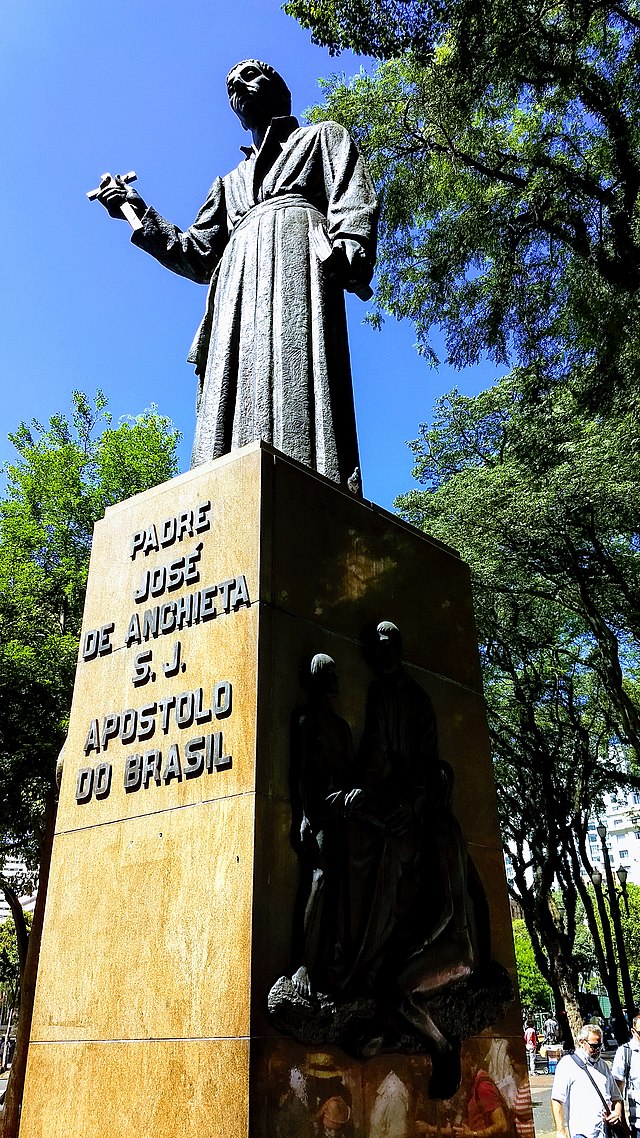
Throughout my time in Brazil I have had the privilege of worshiping with Catholic, Pentecostal, and Methodist congregations. My experience has ranged from sublime mystery to gauche spectacle alongside encounters of academic sophistication and genuine community. As is true elsewhere in the world, the explosion of Pentecostalism in the 20th century has changed the look and the feel of Christianity in Brazil.
My first church experience in Brazil was joining the midweek chapel service at the Universidade Metodista de São Paulo. Amidst heartfelt worship with the professors and students, an endearing performance from a local seniors choir, and a sophisticated theological sermon on the ascension of Jesus I discovered a community seeking to shape the next generation of the church. Positively shaped by Wesleyan and liberation theology, this community demonstrated the reflective depth of the Brazilian pursuit of Jesus. I left this chapel challenged to reflect more deeply on how everything about Jesus, even his ascension, points us more clearly towards justice.

Before coming to Brazil, a good friend alerted me to the existence of the Temple of Solomon in São Paulo. This temple is the creation of the Universal Church of the Kingdom of God (or simply the Universal church; broadly connected to the health, wealth, and prosperity version of Pentecostalism). This was the strangest religious experience of the trip. This temple is described as having the same dimensions as the ancient Temple, but 10 times larger. It seats 10,000 people!! At times this felt like we were joining a cult (phones confiscated, people in strange robes, giving the ‘Americans VIP seating’). At times it was moving (this experience clearly appealed to hurting people and they did share moving stories of redemption). But it ultimately fell prey to a gross appropriation of ancient Israelite culture, supersessionism, and gauche spectacle. I’m glad I experienced it, but I would not return. I counted three offerings and four altar calls! I left feeling like I had seen a show but also wanting to check out the biblical telenovelas that their affiliate TV station produces (Reis).

Together our entire group visited Além do Véu (Beyond the Veil) Santo André. Além do Véu is a non-denominational Evangelical/Charismatic Church in the heart of Santo André. This gathering had all the hallmarks of a large American Evangelical Church: a converted former movie theater, a dynamic worship team with many singers, straight forward yet dynamic speaking, state of the art lights and technology; everyone seemed young and hip (I was definitely the only one wearing a tie!). If not for the Portuguese I might have believed I was back in the States. One distinct difference between this church and contemporary American churches was the altar call (which seemed to be a regular part of the service). There was a genuine and heartfelt response to the call of God’s grace. Our group was lovingly welcomed and the evening had a clear spiritual impact. . Overall this was a beautiful experience sharing in the worship of God in the Pentecostal adjacent community. I left feeling the dynamic power of God to meet people where they reside.
Due to some travel complications I was able to extend my stay in Brazil to include one more Sunday. Making the most of my time, this Sunday included two additional Church events. In the morning I was able to worship with a sister church from my denomination (The Free Methodist Church/Igreja Metodista Livre). And in the evening I attended the Vesper service of the Benedictine monks in São Paulo (Moseitro São Bento). Worshiping with my Free Methodist brothers and sisters was a special treat. Without a doubt this is where I felt most at home among all the churches I visited. I encountered a community that loved God and loved each other. In America we sometimes use (perhaps overuse) the phrase, “doing life together.” After only one Sunday, I can confidently say, this church “does life together!” I encountered, in a few short hours, a sense of community on a level that I rarely see in America. Of course, it didn’t hurt that we had the best translation services of the entire trip. We sang “lustily and with good courage” as Wesley would say. We shared words of greeting. We learned from an excellent sermon on the Trinity. And we enjoyed each other’s company. It was a truly genuine and beautiful experience. I left feeling the love of community.
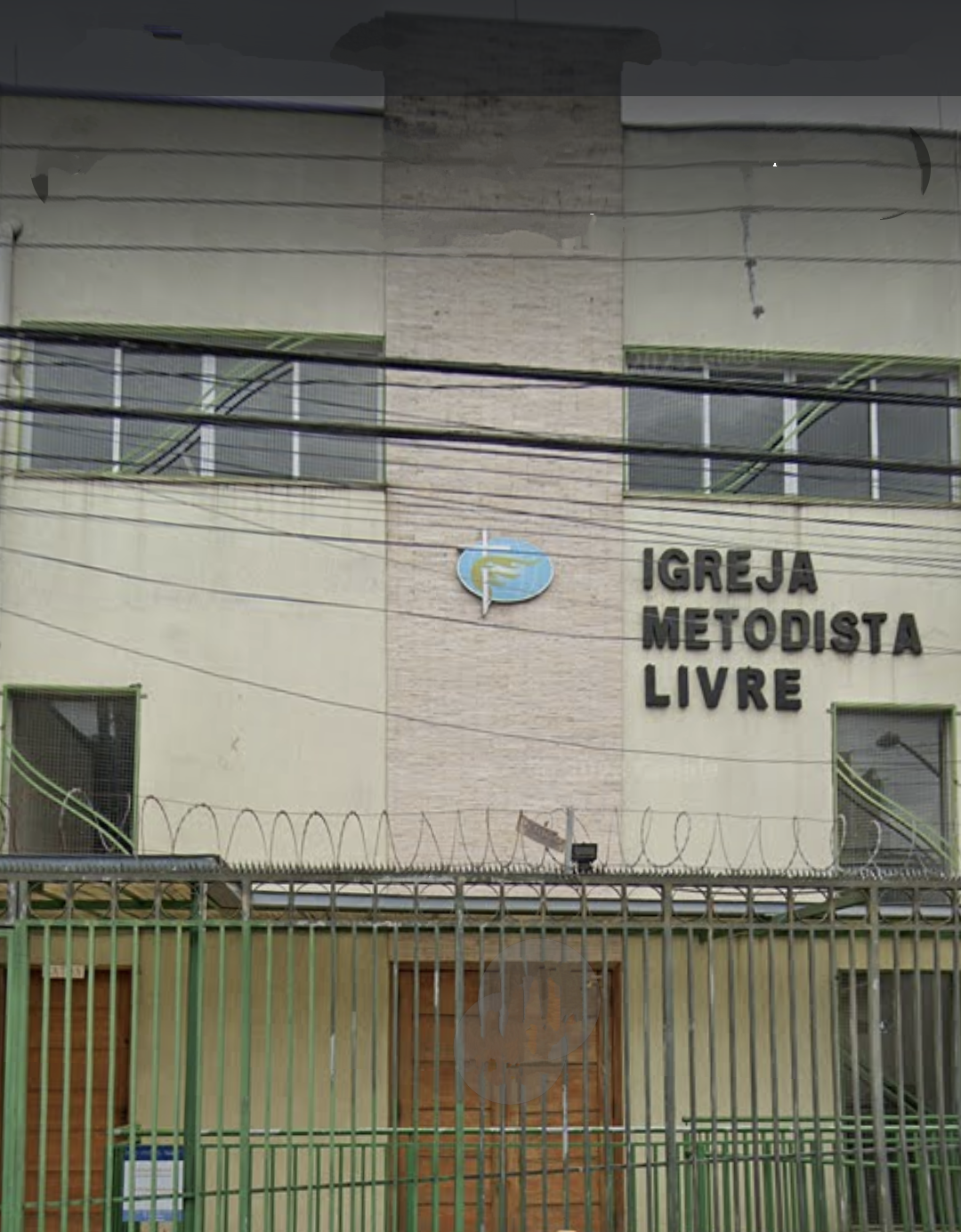
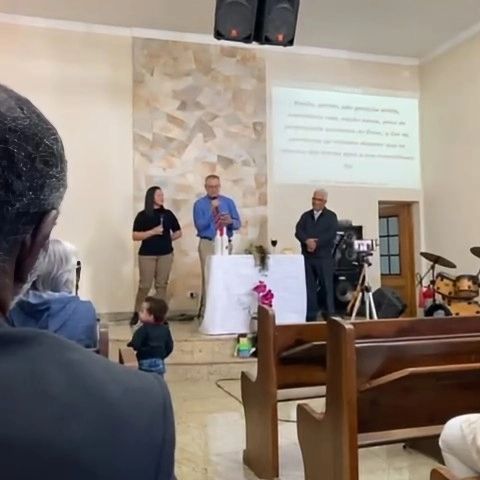
I had read that the Mosteiro do São Bento (Monastery of St. Benedict) was something not to be missed in São Paulo. The guide books were correct. The church itself was stunning (although it is always strange to me to see God depicted as an old, white-haired man; surely this takes iconography too far!). The best part of this service, by far, was the Gregorian chant. In this service we entered into the sublime mystery of God. This was a service that called on us to recognize our human limitations and see God’s divine beauty in a way that all of the other services did not effect in the same way. I left this service in quiet contemplation.

After all of these experiences, here are some of the things that I have learned about the Brazilian pursuit of Jesus:
- what began as a Catholic mission has now fully embraced the diversity of modern Christianity
- all forms of Christianity are represented
- there is a depth of seeking after God that I do not see consistently in America
- people truly believe that Jesus will transform their lives; salvation is both here and now and yet to come
- as with most of my Brazilian experiences, community looked and felt different than America
- even a short time in Brazil helps an American begin to see the extreme individualism of American culture
- whereas for Americans, community is usually thought of as simply an aggregate of like minded individuals, Brazilians tend to see the community as something with its own integrity and importance: community > individual. All church services reflected this in some way.
- There are both positive and negative forms of religious experience and expression. At its best (which I experienced in Brazil) religion points us to the mystery that transcends, the love and grace which we must have to truly live, and the community which gives life meaning and purpose; at is worst it becomes a kind of spectacle and performance that merely seeks to meet my needs (emotional, physical, or monetary). In this way, Brazil provided the best and the worst.
To God be the Glory!
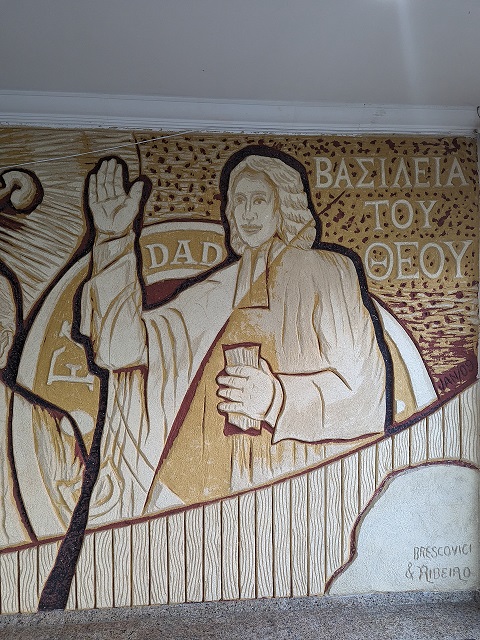
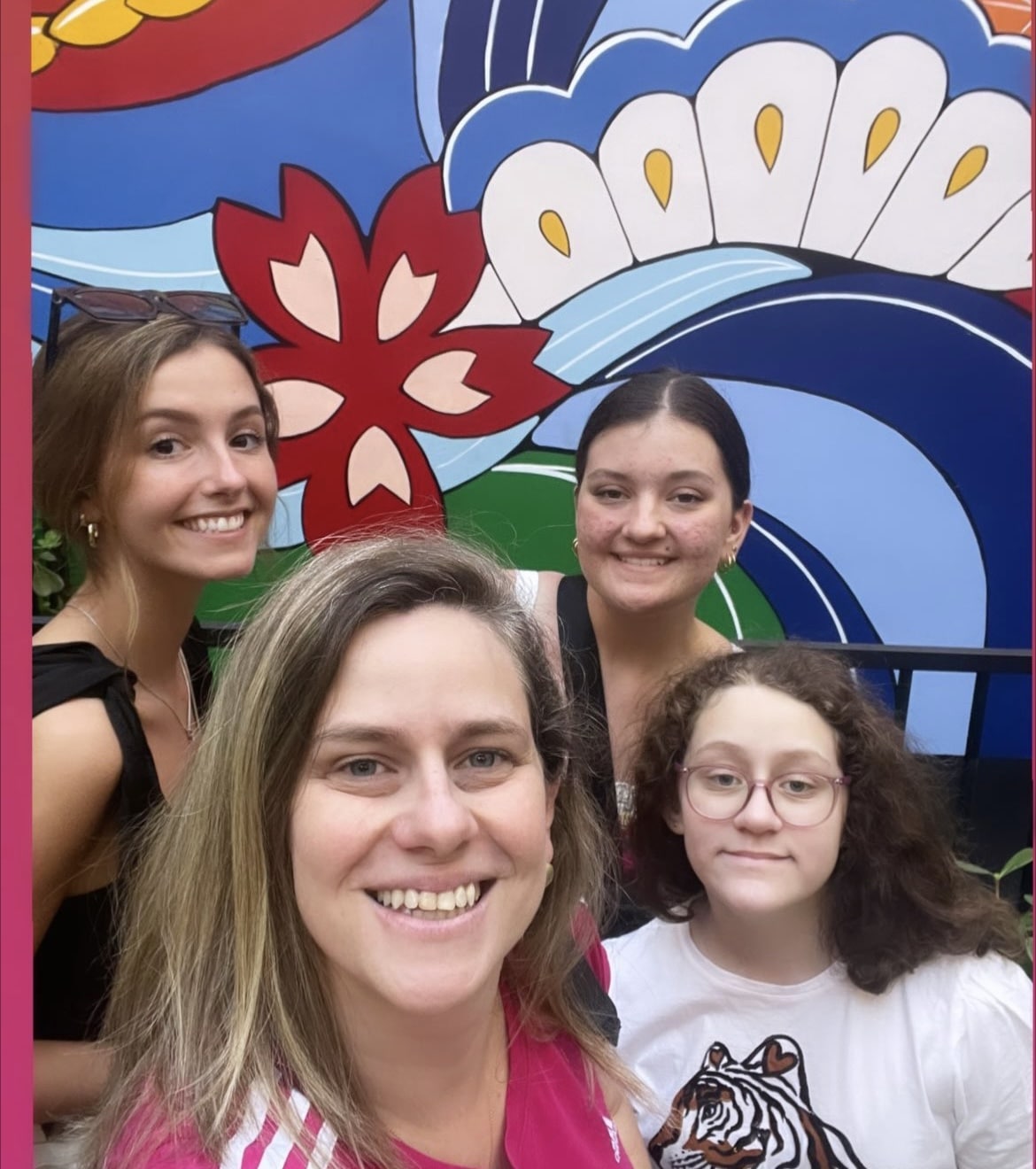
0 Comments